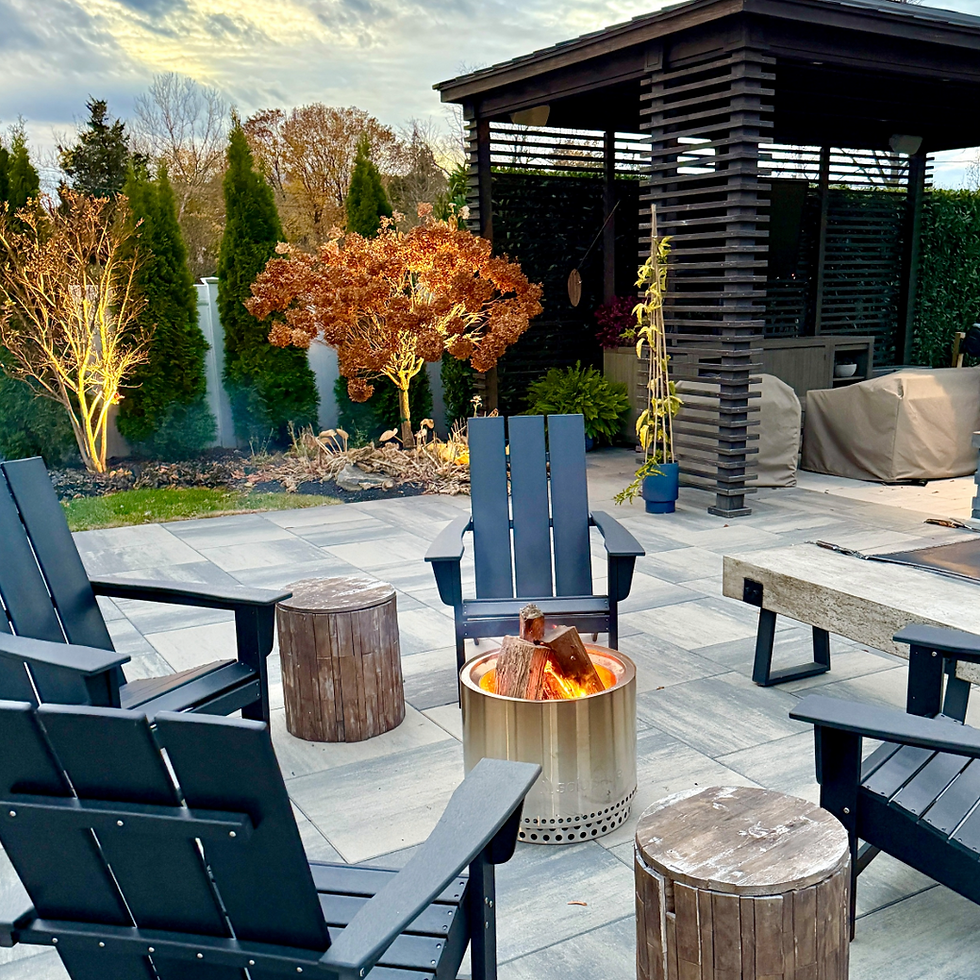How to Prepare Your Garden for Fall
- Rebekah
- Sep 9, 2020
- 3 min read
Updated: Sep 17, 2020
There are many steps to take to prepare your garden for fall and a few might surprise you a bit! But first, why should you prepare your gardening beds for fall? A few reasons include tidying up- so your curb appeal looks nice and neat for the cooler months, and for the health of your plants. Disease and harmful insects can reside in gardening beds and taking some time to clean these areas up can lessen your chances of having problems next year.

Here are some helpful things to do to prepare your gardening beds for fall:
1. Rid your gardening beds of debris. Raking up leaves, old blooms, and any other debris that have accumulated over the last few months can be cleaned out and cleaned up. If you had a disease or insects that affected a certain tree, for example, clean up under its canopy very well, as mulch and leaves can harbor disease or insects for the next year.
2. Replace/ add new mulch. New mulch not only looks nice, but is very functional also. It keeps plants warmer in winter months and holds in moisture (remember, fall is typically our driest season in middle Tennessee). In the summer months, mulch keeps plants cooler. It is a win-win situation when putting down new mulch!
3. It is not the time to fertilize. As plants are heading into dormant months, it is not the time to fertilize them, as this will make them feel like they need to "ramp up" when they need to be "ramping down".
4. It is also not the time to prune. We do not suggest to prune in fall, as temperatures can cool down and then warm back up, causing plants to flush out and put out new growth after they've been pruned. The new growth is then typically damaged by cold weather, and you are working doubly-hard then to prune damaged limbs. Late winter is an excellent time to prune most trees and shrubs, as they are waking up from dormancy and are getting ready to grow again. The exceptions to this would be spring-blooming trees and shrubs (do not prune them in late winter- always after they've just finished blooming in spring) as well as plants that bloom on old wood, such as certain hydrangeas.

5. Water, water, water! We have had an overall wet year, but this can change as we head into fall. We recommend deeply watering your newly planted trees and shrubs every 3-4 days when we are not receiving good, deep rainfalls. If you have an area that is hard to get to with a hose, Treegators can help immensely with this! We have them available at the nursery, and they simply go at the base of your tree, watering your new tree over the course of several days.
6. Lay down a weed preventer, such as Preen. Fall is also the time to put down weed preventer in your gardening beds to prevent certain weeds that like to pop up next spring. Preen can be used in gardening beds but should not be used where you have any perennials that come from seed (such as Echinacea, Black Eyed Susan, or Zinnia), as it will prevent them from coming up next year also. Preen is an excellent weed preventer to spread under trees and shrubs in gardening beds, and we have it available at the garden center. This should not be used in lawns and does not affect existing weeds, only weeds that haven't popped up yet.
7. Add weed barrier if creating new gardening beds this fall. Also called landscape fabric, this will help prevent weeds from popping up in new gardening beds. It helps a lot to keep weeds at bay. We carry a good stock of it at the garden center.



